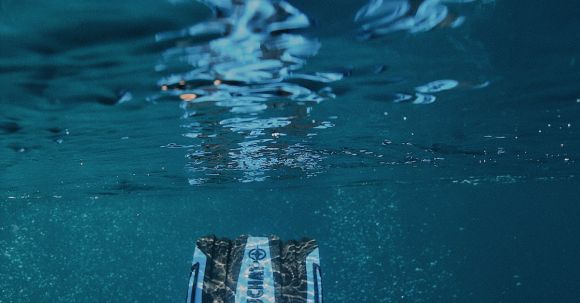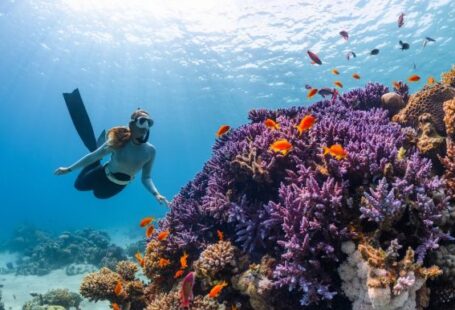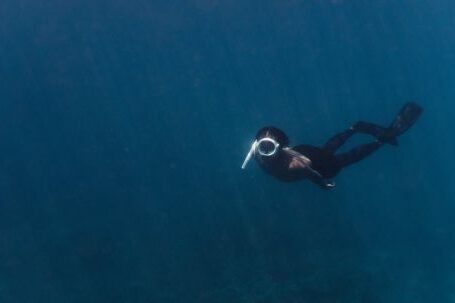Diving is an exhilarating adventure that allows us to explore the wonders of the underwater world. However, it is important to prioritize safety to ensure a memorable and incident-free dive. One crucial aspect of safe diving is mastering the art of safety stops. In this article, we will delve into the importance of safety stops, the correct techniques to perform them, and how to make the most out of this essential dive practice.
Understanding the Importance of Safety Stops
Safety stops are a vital part of the diving experience as they allow our bodies to off-gas excess nitrogen accumulated during a dive. Nitrogen, which is absorbed by our tissues as we breathe under increased pressure, can cause decompression sickness if not properly released. Safety stops provide a gradual decrease in pressure, allowing nitrogen to slowly leave our bodies, reducing the risk of decompression sickness.
Proper Technique for Safety Stops
To perform a safety stop correctly, start by locating a stationary object, such as a dive buoy or a reef, to hold onto. This will help you maintain your position and prevent drifting during the stop. Once you have found your spot, position yourself neutrally buoyant at a depth of approximately 15-20 feet (5-6 meters) for a minimum of three minutes.
During the safety stop, it is crucial to keep your body still and avoid unnecessary movement. Movement increases blood flow, which can potentially release nitrogen into your bloodstream, defeating the purpose of the safety stop. Instead, focus on maintaining a relaxed posture and observing the surrounding marine life.
Making the Most Out of Safety Stops
Safety stops do not have to be a mundane part of the dive. Instead, they can be an opportunity to fully immerse yourself in the underwater world. Take advantage of this time to observe the vibrant coral reefs, schools of fish, or even a passing turtle. By appreciating the beauty around you, safety stops can become an enjoyable and educational experience.
Additionally, safety stops present an excellent opportunity for underwater photography. Use this time to capture stunning images of the underwater landscape and its inhabitants. With the right camera equipment and techniques, you can create breathtaking images that will serve as unforgettable mementos of your dive.
Conclusion: Mastering the Art
Mastering the art of safety stops is an essential skill for any diver. By understanding their importance, practicing proper technique, and making the most out of these stops, we can ensure a safe and enjoyable diving experience. Remember to always prioritize safety and never rush or skip a safety stop, as the consequences can be severe.
So, the next time you embark on a diving adventure, embrace the opportunity to master the art of safety stops. Take the time to appreciate the underwater world, capture its beauty through photography, and prioritize your well-being. By doing so, you will not only enhance your diving skills but also create lasting memories that will stay with you long after you resurface.





